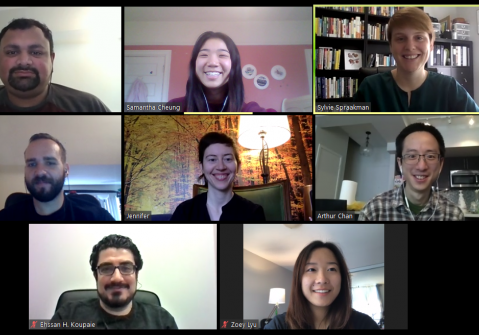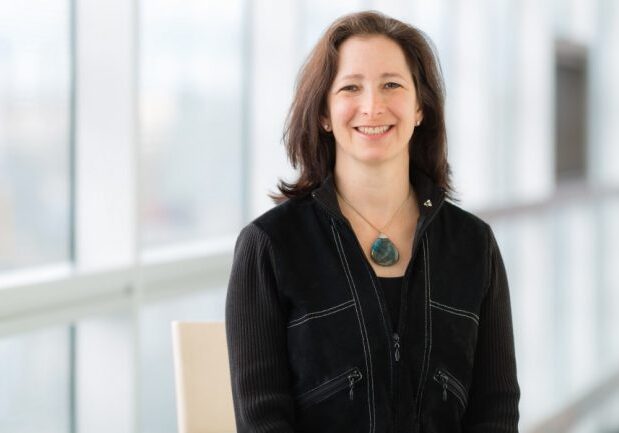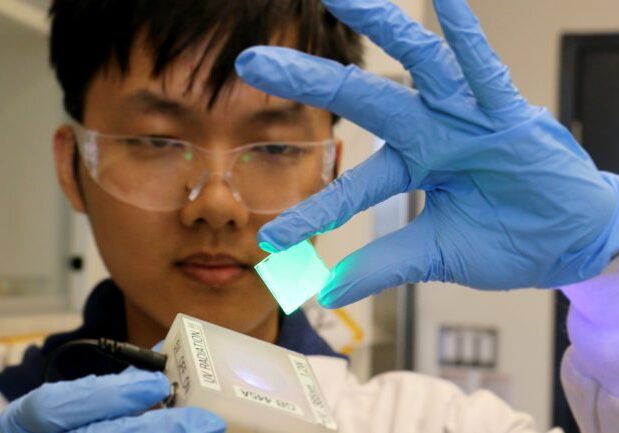
New academia-industry partnership to accelerate the search for materials for sustainable energy and smartphones
A new consortium of world-leading researchers and industry partners looks to use artificial intelligence to flip the materials discovery process on its head
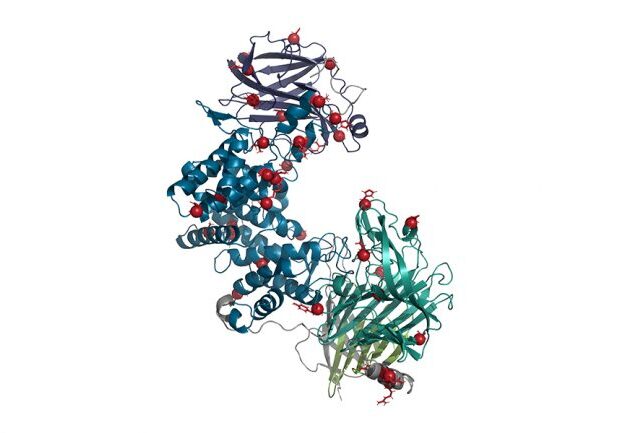
Re-engineered enzyme could help reverse damage from spinal cord injury and stroke
A team led by Professor Molly Shoichet has modified an enzyme from bacteria to promote regrowth of nerve tissue
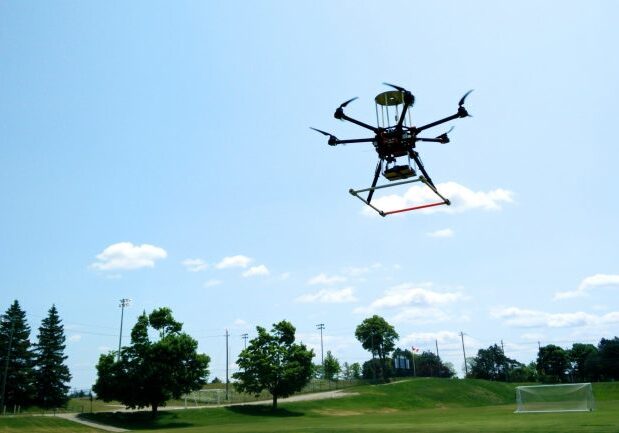
Five U of T Engineering projects receive funding boost for state-of-the-art research tools
Motion-capture equipment to explore and develop robust autonomous drones is among five infrastructure projects receiving funding support
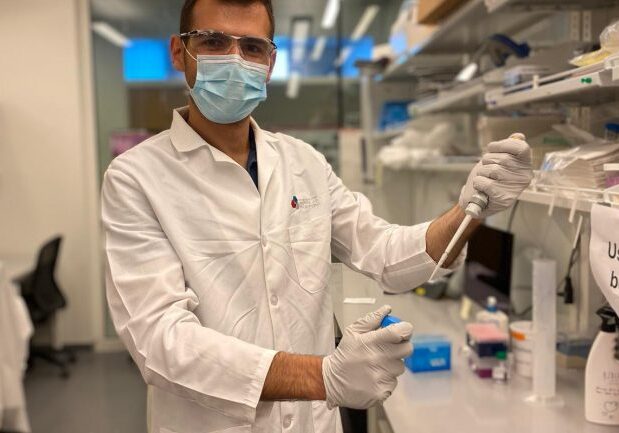
U of T Engineering researchers develop cell injection technique that could help reverse vision loss
A team led by Professor Molly Shoichet has demonstrated the first co-injection of both retinal pigmented epithelium (RPE) cells and photoreceptor cells in a mouse model of blindness.
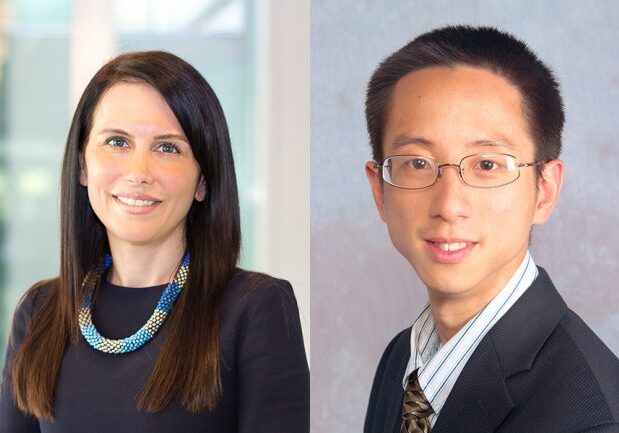
New Canada Research Chairs boost research into clean air and sustainable resource extraction
Professors Gisele Azimi and Arthur Chan are among the U of T researchers awarded chairs in the latest round
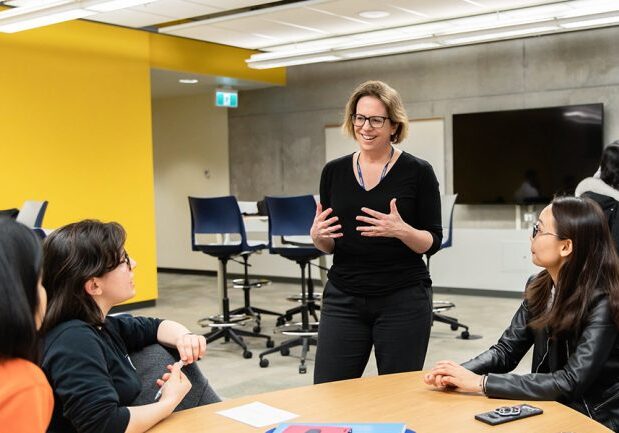
Five U of T engineers elected into the Canadian Academy of Engineering
Body unites Canada’s most distinguished and experienced engineers to provide strategic advice on matters of critical importance to the country
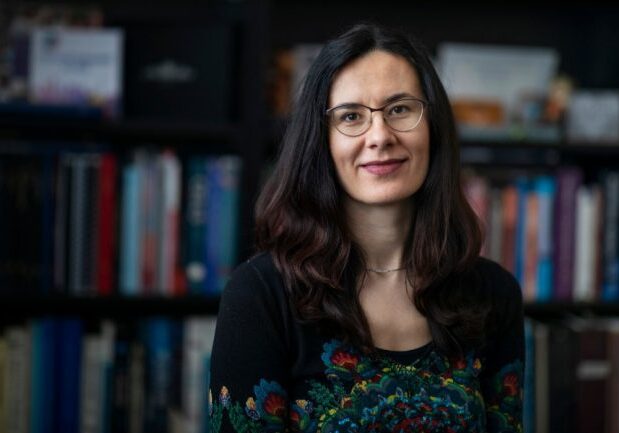
Milica Radisic receives Killam Fellowship
Award supports outstanding Canadian scholars across a wide range of fields

